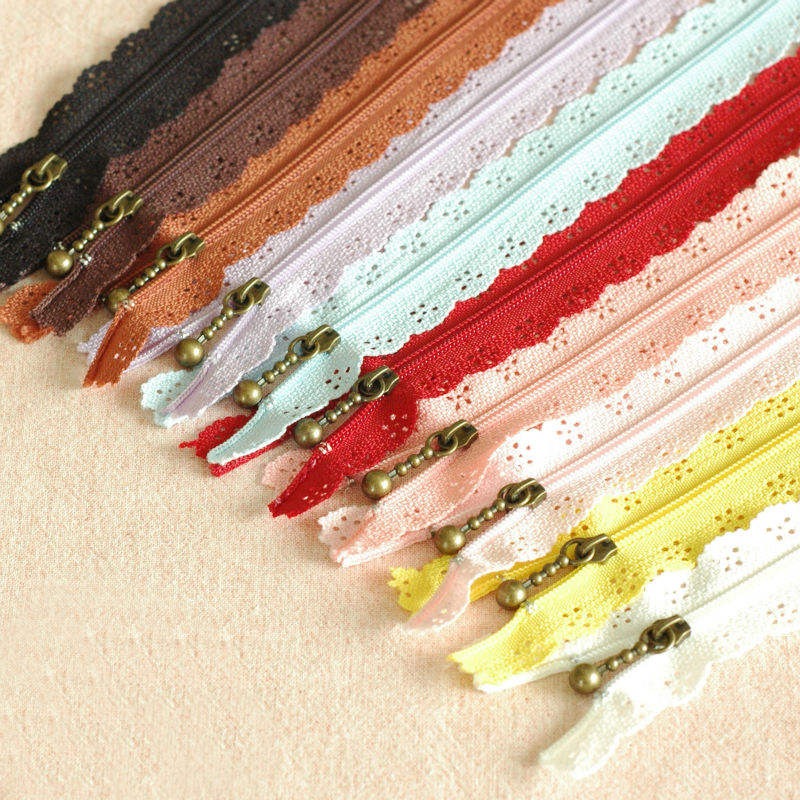Zipper specifications are a set of detailed instructions that are used to ensure that a zipper meets a specific set of requirements. These specifications include information on the type of zipper, the size of the zipper, the material of the zipper, and other important details. Zipper specifications are important for manufacturers and designers who want to create products that require a specific type of zipper. In this article, we will discuss the different types of zipper specifications and what information they typically include.
1. Type of Zipper
The type of zipper is one of the most important specifications to consider when choosing a zipper. There are several types of zippers, including coil zippers, metal zippers, plastic zippers, and invisible zippers. The type of zipper you choose will depend on the application and the design of the item you are creating or repairing.
The zipper specifications should include the type of zipper required for the item. For example, if you are creating a heavy-duty backpack, you may require a metal zipper, while if you are creating a lightweight dress, a plastic or coil zipper may be more suitable.

2. Size of Zipper
The size of the zipper is another important specification to consider. Zippers are available in a range of sizes, and the size you choose will depend on the weight and design of the item you are creating or repairing. The size of the zipper is typically measured in inches and refers to the width of the zipper tape when it is laid flat.
The zipper specifications should include the size of the zipper required for the item. For example, if you are creating a lightweight dress, you may require a #3 zipper, while if you are creating a heavy-duty backpack, you may require a #8 zipper.
3. Material of Zipper
The material of the zipper is another important specification to consider. Zippers are typically made from metal, plastic, or nylon, and the material you choose will depend on the application and the design of the item you are creating or repairing.
The zipper specifications should include the material of the zipper required for the item. For example, if you are creating a heavy-duty jacket, you may require a metal zipper, while if you are creating a lightweight purse, a plastic or nylon zipper may be more suitable.
4. Color of Zipper
The color of the zipper is another important specification to consider. Zippers are available in a wide range of colors, and the color you choose will depend on the design of the item you are creating or repairing.
The zipper specifications should include the color of the zipper required for the item. For example, if you are creating a dress with a specific color scheme, you may require a zipper that matches the color of the fabric.
5. Length of Zipper
The length of the zipper is another important specification to consider. Zippers are available in a range of lengths, and the length you choose will depend on the design of the item you are creating or repairing.
The zipper specifications should include the length of the zipper required for the item. For example, if you are creating a dress with a zipper at the back, you may require a zipper that is long enough to reach from the top of the dress to the waistline.
6. Slider Type
The slider type is another important specification to consider. The slider is the part of the zipper that moves up and down the teeth or coils, and it is available in a range of types and styles.
The zipper specifications should include the type of slider required for the item. For example, if you are creating a jacket with a metal zipper, you may require a slider with a specific finish, such as brass or nickel.
In conclusion, zipper specifications are a set of detailed instructions that are used to ensure that a zipper meets a specific set of requirements. These specifications include information on the type of zipper, the size of the zipper, the material of the zipper, and other important details. By considering these specifications, manufacturers and designers can create products that are functional, reliable, and durable.


